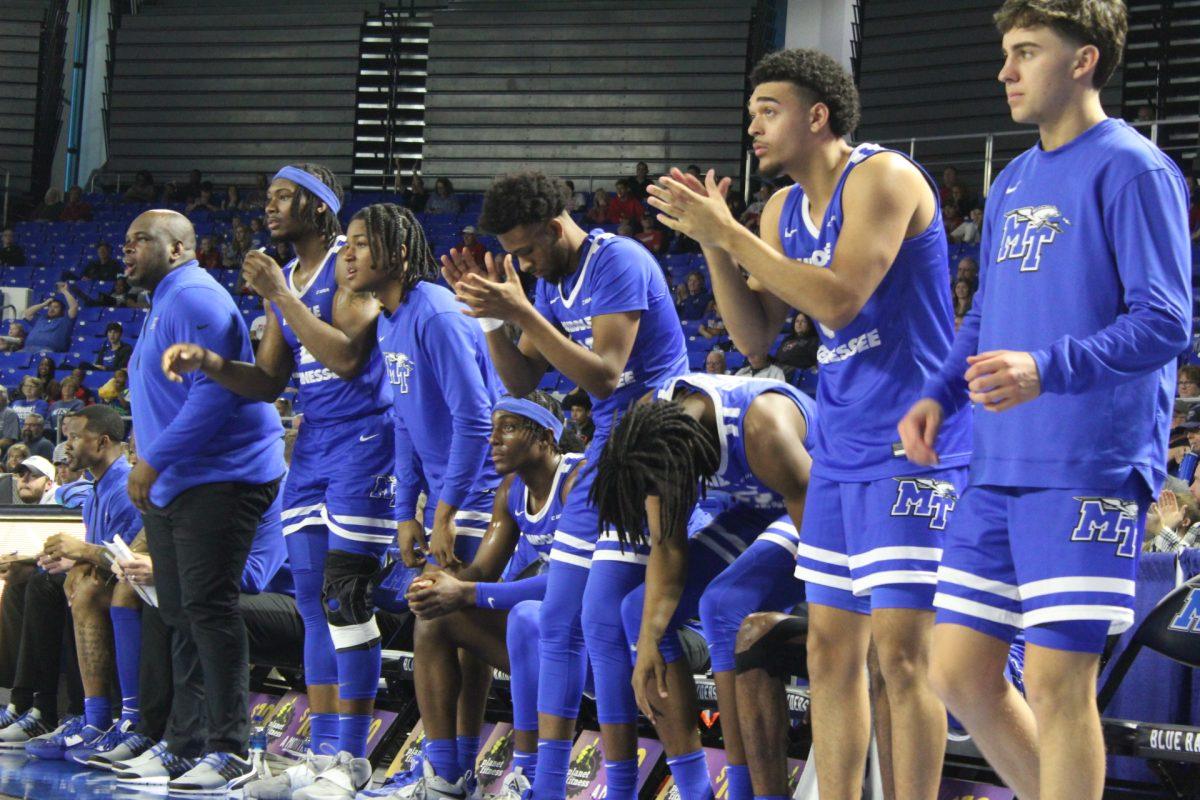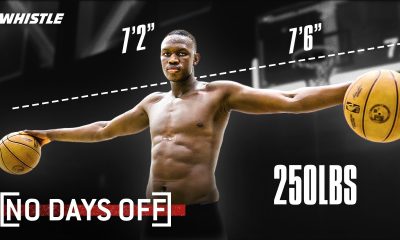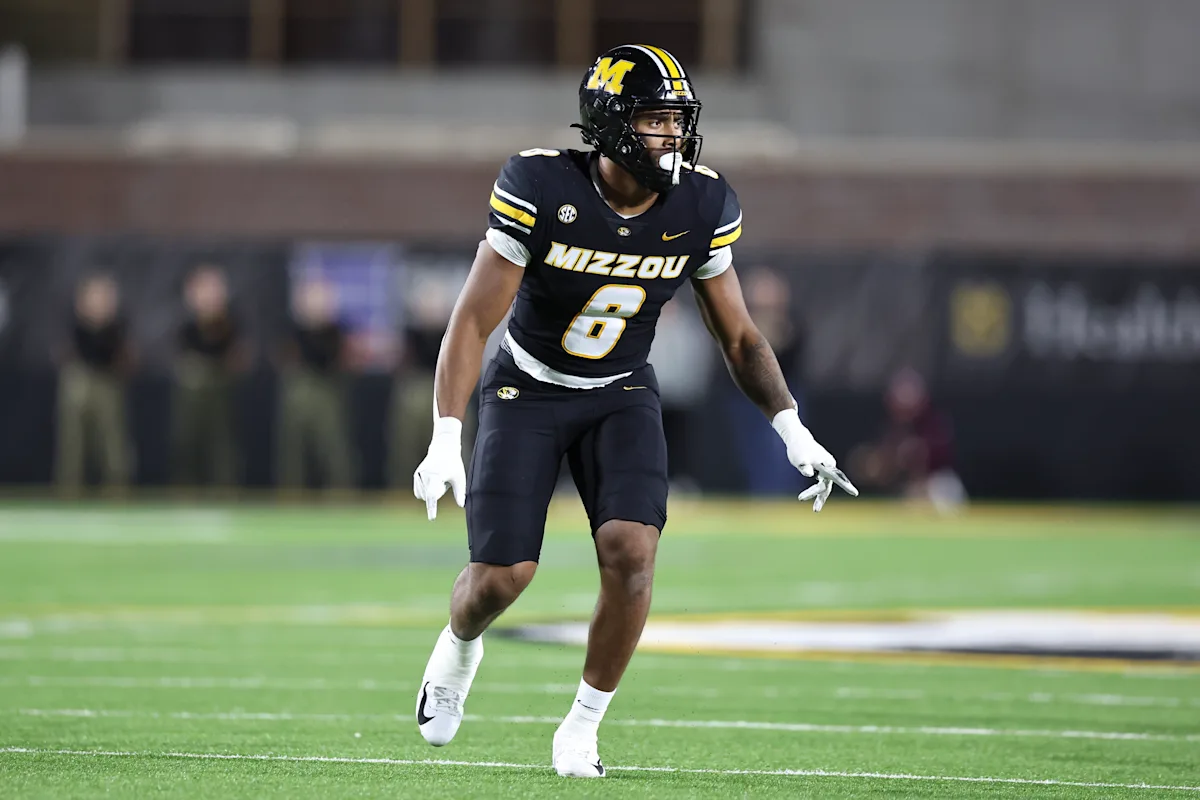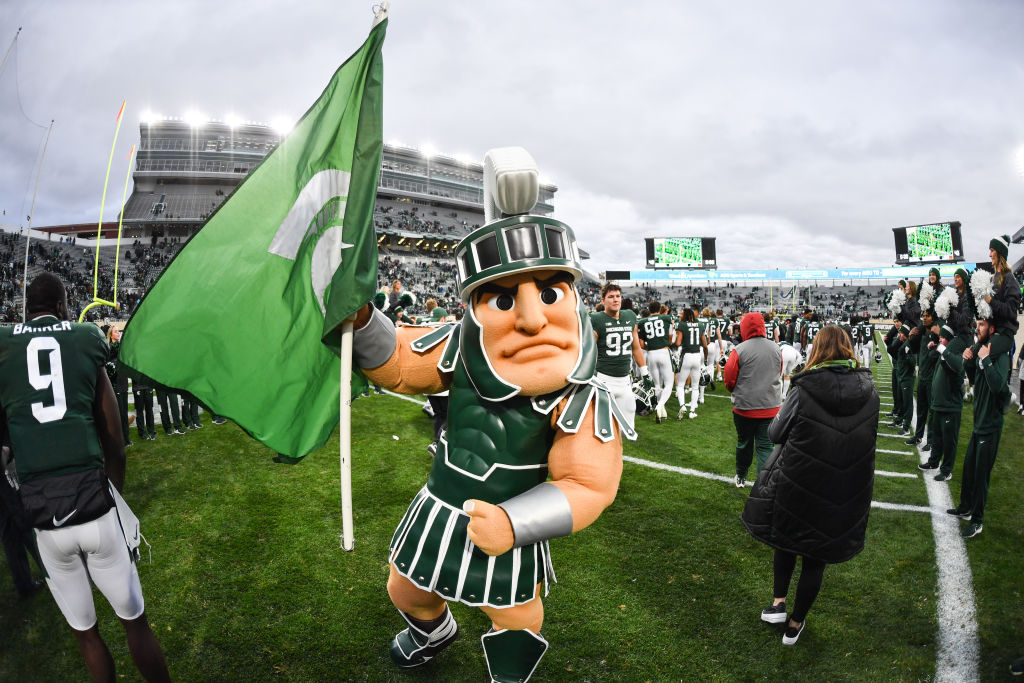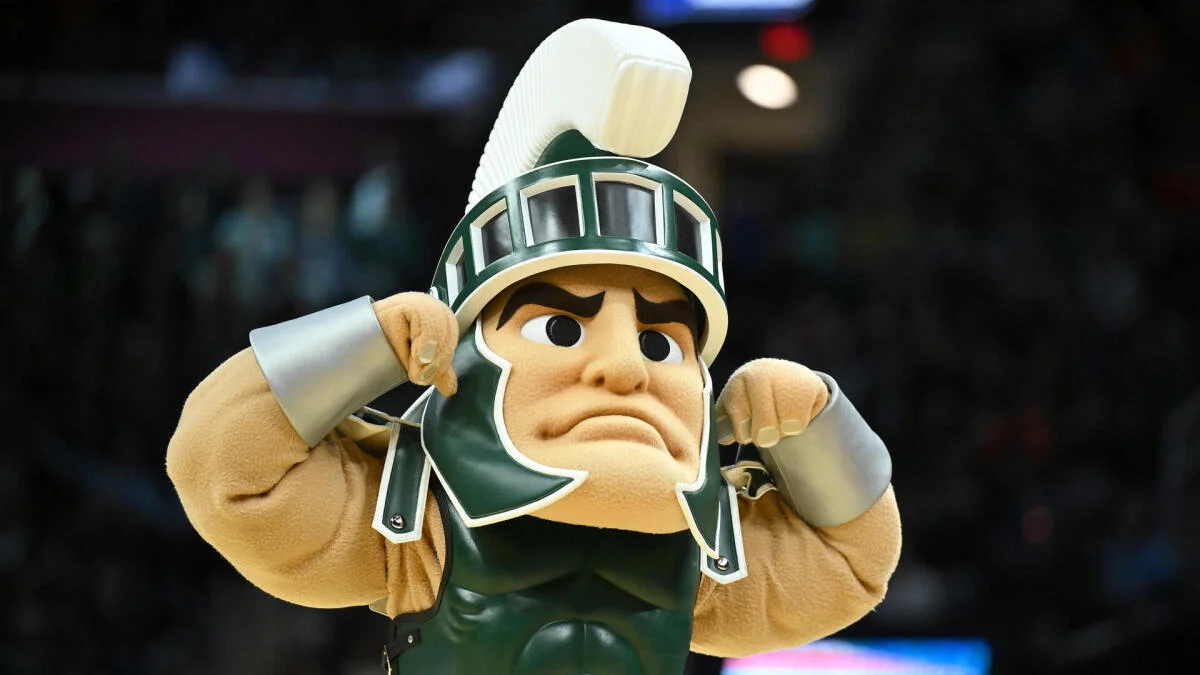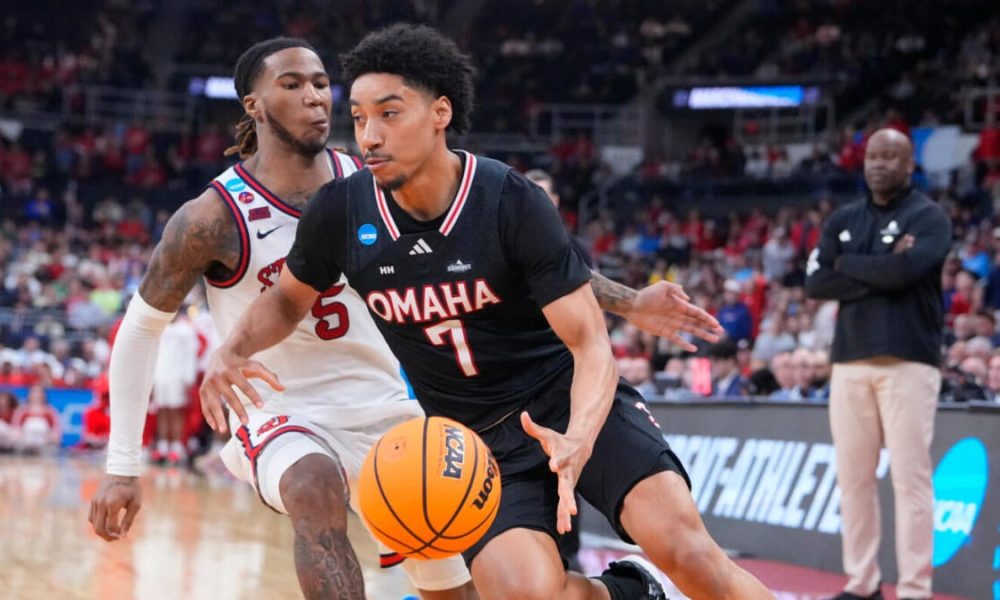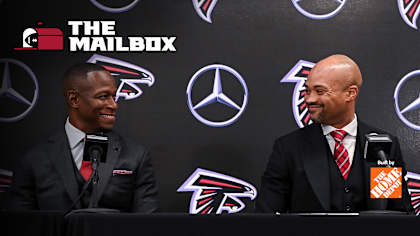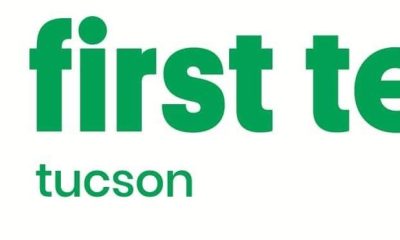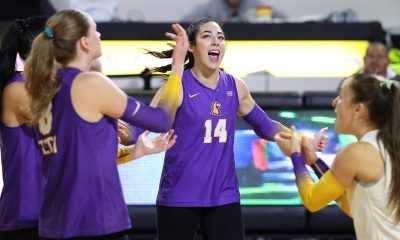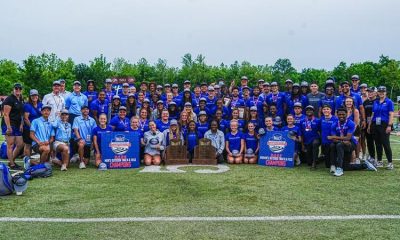NIL
College basketball's transfer portal opens with prices rising again. Which schools will keep up?
Once the settlement goes into effect, a school can directly pay a player whatever it wants without justifying that it’s a fair-market deal, but any payments beyond what’s budgeted through revenue sharing will need to be funneled to players through a collective.
| League | Per-year average (’25-26) |
|---|---|
| “It’s hard to build any real infrastructure because our poles are built in sand right now,” the Big 12 assistant said. “The hardest part of NIL is that there are unbelievably smart, brilliant minds and litigators on both sides of the coin. … And the rest of us are just trying to figure out the rules to the game, and the game is in complete judicial warfare all the time. And none of us truly know what each day is going to bring in NIL. You’re asking all of the right questions, and anything I say could literally be different tomorrow.” | SEC |
| The coaching carousel’s upheaval also spurs inflation. | “We’re seeing some outrageous numbers on some kids that are marginal at best,” a second SEC assistant said. “Like, unproven.” |
| “Some of these guys have the same agent, so the agents ask for more for the players who’ve already done it, which I get,” the GM said. “It makes sense. If a high school All-American is worth -5 million, what’s a collegiate All-American worth?” | While it is not a given that Wilken will approve the settlement on April 7 — administrators expect approval will come in the weeks that follow, and the direct revenue sharing model would take effect in July — just to be safe, coaches are using that date as a deadline to get deals signed to retain current players and, if possible, sign new ones because they know the terms. NIL deals (for both high school prospects and transfers) signed before the House settlement is finalized and paid before June 30 do not have to go through the clearinghouse. |
| That date is doubling as a deadline for college basketball coaches to sign deals with players under the “old rules” of the past few years, in which name, image and likeness collectives associated with but not run by the schools could essentially craft pay-for-play agreements under the guise of NIL deals. In the rev-share era, those pay-for-play deals will be signed with the schools themselves, and any deals that come from collectives will need to go through a NCAA clearinghouse charged with assessing their legitimacy and “fair-market value.” | “This is a line item we’ve never had,” an A-10 coach said. “It becomes an institutional choice: What do you want to put towards your men’s basketball program?” |
| Advertisement | And then there’s “the illusion of revenue sharing,” as the same assistant describes it: “Agents have been sitting back waiting on this for a long time, just the idea that programs are going to be sitting here flush with cash.” |
Big TenAdvertisement“And the number goes up every week whoever you’re talking to,” said an administrator who helps negotiate NIL deals for his school.Even several Atlantic 10 programs are expected to set aside -4 million in revenue sharing for their men’s basketball programs.“Right now we’re trying to get as much done before revenue sharing kicks in on April 7 as we can,” an SEC assistant said. “Because obviously what we have to operate with is going to be drastically reduced through the rev share — partially because we are in the SEC and football is king in this conference. For this year’s team specifically, we’re trying to get as much done before April 7. And then whatever we are allotted through the revenue share we will then use for the rest of the transfer portal class we have to bring in.”“You need million to be in the mix, when last year million could get you a really good team,” a general manager of a high-major program said. “Everybody’s coming up with all this money to front-load in addition to the back end of rev share. So if your rev share is .7 million from the school, people are trying to raise million in addition to that, where you can pay to retain guys, plus go out and spend a whole bunch of money for transfers.”

